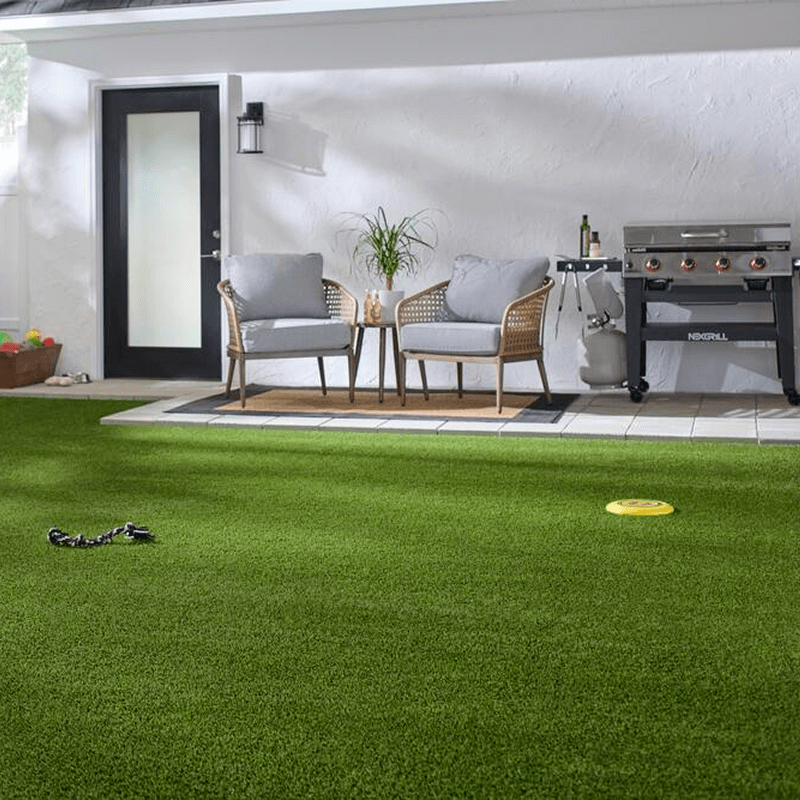“There’s a better way to do it. Find it.” – Thomas Edison
Cree, Inc. takes these words to heart. Well known in the commercial space, the North Carolina lighting company is dedicated to driving global LED adoption.
Why LED bulbs? They use a fraction of the energy of standard incandescent bulbs and last longer.
LEDs are solid-state material—meaning they naturally emit light, unlike traditional bulbs. The filament in an incandescent bulb was designed to be a heat source, so light was produced as a byproduct of the heating process. This means that these bulbs can waste a lot of energy. LEDs, however, are designed without heat involved in the lighting process, which means less energy is used.
When incandescent bulbs fail, it’s largely due to the repetitive mechanical and thermal stress from turning them on and off. The technology behind LEDs results in zero mechanical stress and significantly less thermal stress, allowing a bulb to last more than 10 years.
While LED bulbs have long been considered a more efficient alternative, their technology came with a downside. They were expensive to produce and didn’t always emit the desired amount of light—that is, until Cree came along.
“The lighting industry wasn’t doing a good job bringing LEDs to the consumer,” said Mike Watson, VP of Product Strategy at Cree. “We had an epiphany and said, ‘Well you know what, we’ll do it ourselves.’”
Cree created an LED bulb that didn’t compromise look or light and reduced price by working backwards, determining the customer’s need and leveraging vertical integration to create a product that fit. “The difference in Cree’s research and development process is the ability to develop the entire product—from the semiconductor material to the LED component—ourselves, while still creating a bulb that drives consumer adoption.”
In 2013, Cree launched an affordable LED light for just $10 at Home Depot stores. “This bulb, first and foremost, makes financial sense. It’s better than the standard product, and it’s not compromised in any way,” said Mike.
Not only did Cree break the $10 barrier with their 40-Watt and 60-Watt bulbs, but their bulbs provide even more savings over time. Cree’s 100-Watt Daylight LED Bulb, for example, yields a lifetime savings of $226 and uses 82 percent less energy than a comparable incandescent.
Cree still has a ways to go to shift the market to LED, but Mike says that the company recognizes the challenges and continues to educate and engage consumers in making the switch.
Once consumers truly understand the value of LED technology, Cree hopes to explore how it can push for new, innovative uses of light.
“We know LED technology lends itself to new form factors. The ability to enable new applications that don’t exist today by combining the flexibility of form, control, light levels, colors, integration of sensors and more is very intriguing,” said Mike.
As Edison requested, Cree is finding a better way to bring light to your home.






